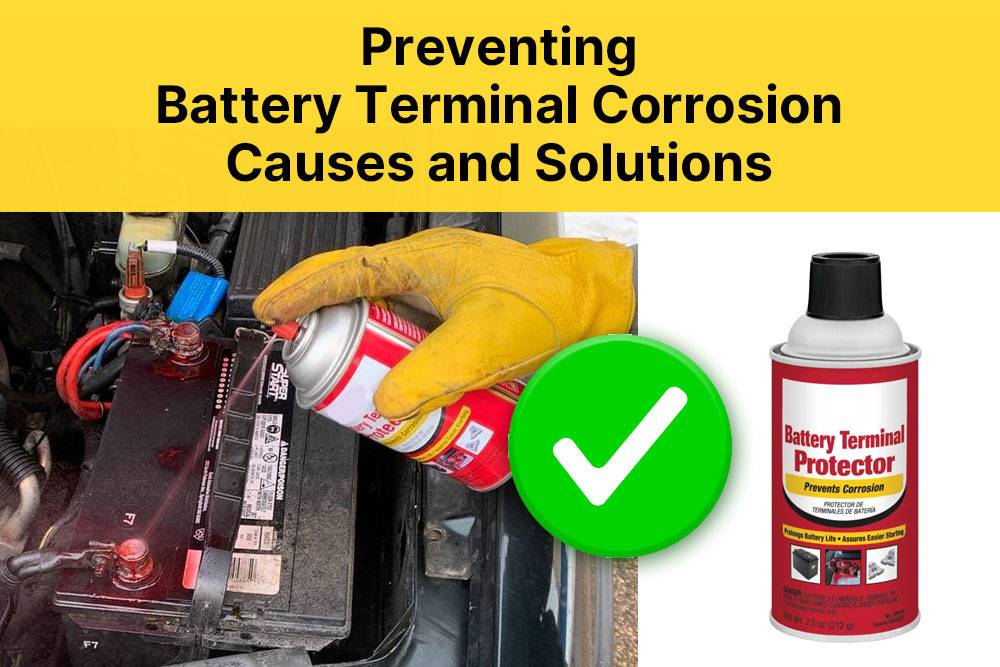
Blog
What Is a 12V 24 BCI Battery and Why Does Group Size Matter?
What Is a 12V 24 BCI Battery and Why Does Group Size Matter?
A 12V 24 BCI battery is a 12-volt lead-acid battery standardized by the Battery Council International (BCI) under group size 24. This classification ensures specific dimensions (10.3″ x 6.8″ x 8.9″) and terminal placement for compatibility with vehicles like compact cars, marine equipment, and small UPS systems. Group size guarantees proper fitment and electrical capacity.
12V 400Ah Lithium Battery (Group 8D)
How Does a 12V 24 BCI Battery Differ from Other Group Sizes?
BCI group sizes like 24, 34, or 35 define physical dimensions and terminal positions. Group 24 batteries are smaller than group 31 but offer lower reserve capacity (typically 70-85 Ah). They prioritize compactness over high cold-cranking amps (CCA), making them ideal for light-duty applications rather than heavy trucks or extreme climates.
What Vehicles and Devices Use 12V 24 BCI Batteries?
Common applications include Honda Civics, Toyota Corollas, jet skis, golf carts, and backup power systems. Their moderate size supports engines up to 4-cylinder configurations. Marine versions feature reinforced plates to withstand vibrations, while dual-purpose models balance starting and deep-cycle needs for RVs.
Which Factors Affect the Lifespan of a 12V 24 BCI Battery?
Average lifespan is 3-5 years. Key factors include:
- Temperature extremes (above 95°F accelerates degradation)
- Frequent deep discharges below 50% capacity
- Corrosion at terminals
- Inadequate charging voltage (below 13.6V)
- Parasitic drains from onboard electronics
Temperature plays a critical role because heat accelerates chemical reactions inside the battery, leading to faster plate corrosion and electrolyte evaporation. Conversely, cold temperatures increase internal resistance, reducing available power. Deep discharges strain the lead plates, causing sulfation—a buildup of sulfate crystals that reduces capacity. Terminal corrosion creates resistance, hindering efficient energy transfer. Using a charger with voltage regulation prevents undercharging or overcharging, both of which degrade battery health. Modern vehicles with constant GPS, alarms, or infotainment systems can drain 20-50mA even when off, necessitating periodic charging if unused for weeks.
| Factor | Impact | Mitigation |
|---|---|---|
| High Temperatures | Reduces lifespan by 30-50% | Park in shade, use insulation blankets |
| Deep Discharges | Permanent capacity loss | Keep charge above 50%, use deep-cycle models |
| Parasitic Drain | Premature discharge | Disconnect battery during long storage |
Can You Upgrade to a Higher-Capacity BCI Group Battery?
Upgrading to group 27 or 31 may offer higher Ah but requires verifying tray space and terminal orientation. Some vehicles with adjustable hold-downs accommodate this. However, mismatched sizes risk terminal contact with hoods or compromised venting. Always consult manufacturer specs before swapping.
How Do You Maintain a 12V 24 BCI Battery for Peak Performance?
Maintenance steps:
- Clean terminals monthly with baking soda/water mix
- Check electrolyte levels (for flooded models) every 2 months
- Use a smart charger maintaining 14.4-14.7V during absorption
- Load test every 6 months
- Store at 50% charge in cool environments if unused
Terminal cleaning prevents resistive buildup—a 0.1-ohm increase can reduce starting power by 15%. For flooded batteries, distilled water should cover plates by ¼ inch; overfilling causes acid spillage. Smart chargers with temperature compensation adjust voltage based on ambient conditions, preventing overcharge in summer and undercharge in winter. Load testing identifies weak cells before failure—a healthy 12V battery should maintain 9.6V+ under 50% load for 15 seconds. Storage at 50% charge minimizes sulfation while preventing full discharge from self-drain (3-5% monthly).
| Maintenance Task | Frequency | Tool Required |
|---|---|---|
| Terminal Cleaning | Monthly | Wire brush, baking soda |
| Electrolyte Check | Every 2 months | Distilled water, hydrometer |
| Voltage Test | Biweekly | Multimeter |
What Are the Environmental Impacts of 12V 24 BCI Batteries?
Lead-acid batteries are 97% recyclable. Improper disposal risks lead leaching into soil and water. Always return spent units to certified recyclers. Newer AGM variants contain immobilized electrolytes, reducing spill risks but requiring specialized recycling processes to recover lead and polypropylene.
Recycling begins by crushing batteries into nickel-sized pieces. Polypropylene casings float to the surface for reuse in new battery cases. Lead components sink, undergoing smelting to remove impurities. A single recycled battery provides enough lead for 1.5 new units. However, AGM batteries require shredding in oxygen-free chambers to prevent fiberglass separator combustion. Despite high recyclability, 5-10% of lead still enters landfills globally—equivalent to 2.6 million tons annually. Proper recycling prevents 99% of this pollution while conserving 60% of the energy needed for new lead production.
Expert Views
“Group 24 batteries strike a critical balance between size and power for mainstream applications. However, consumers often overlook terminal types—some models use SAE posts, others marine dual-screws. Matching terminals to vehicle cabling prevents resistance buildup and voltage drop.”
— Redway Power Solutions Engineer
Conclusion
The 12V 24 BCI battery remains a versatile power solution for light automotive and marine use. Understanding group size implications ensures optimal performance and longevity. Regular maintenance paired with proper recycling practices maximizes value while minimizing environmental harm.
FAQs
- Can a 12V 24 BCI battery power a trolling motor?
- Yes, deep-cycle variants rated 80-100Ah can support trolling motors up to 30lbs thrust for 4-6 hours.
- Does BCI group 24 fit European cars?
- Some European models use EN/SAE hybrid sizes. Measure tray dimensions and compare with BCI 24 specs (260mm x 173mm x 226mm).
- How to jump-start a drained 12V 24 BCI battery?
- Connect jumper cables to donor battery first, then attach to dead battery’s terminals. Start donor vehicle, wait 5 mins, then attempt start. Avoid revving above 2000 RPM during transfer.




